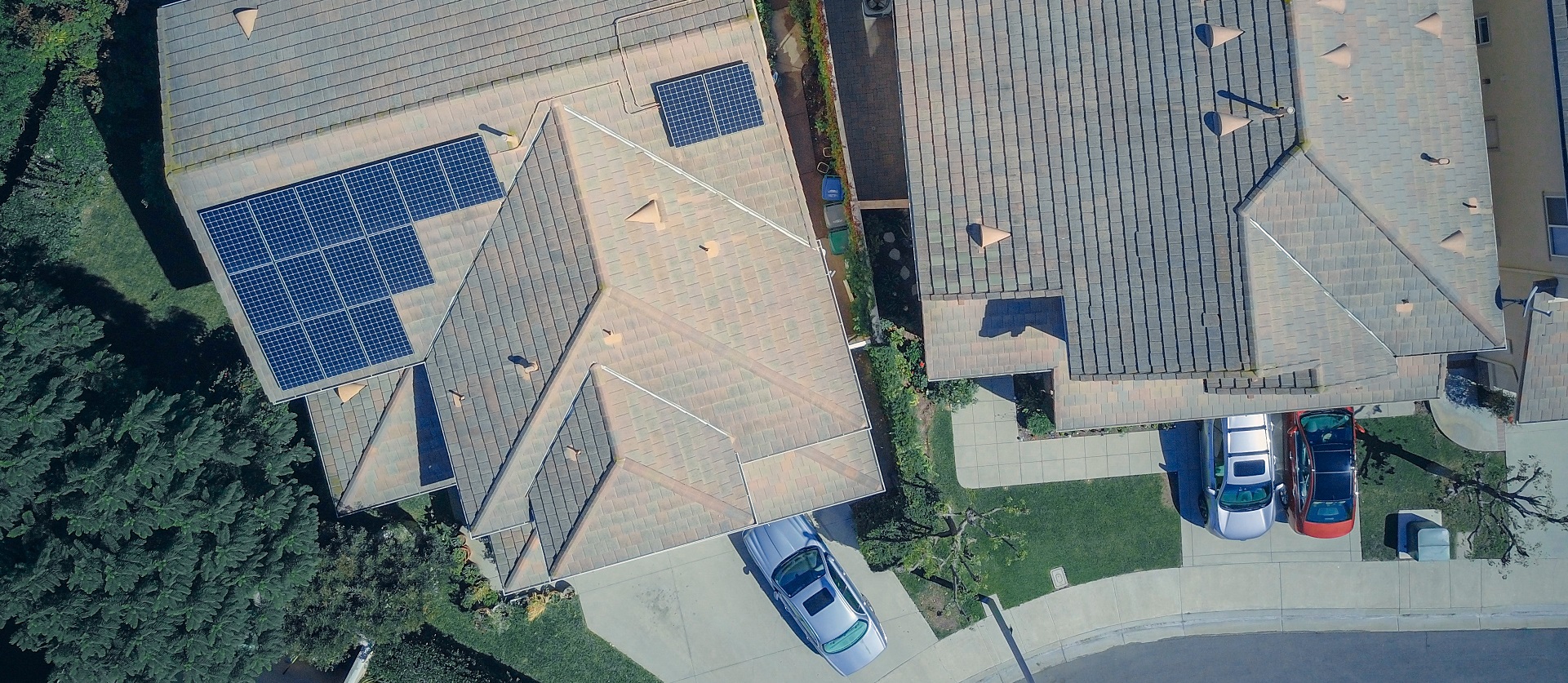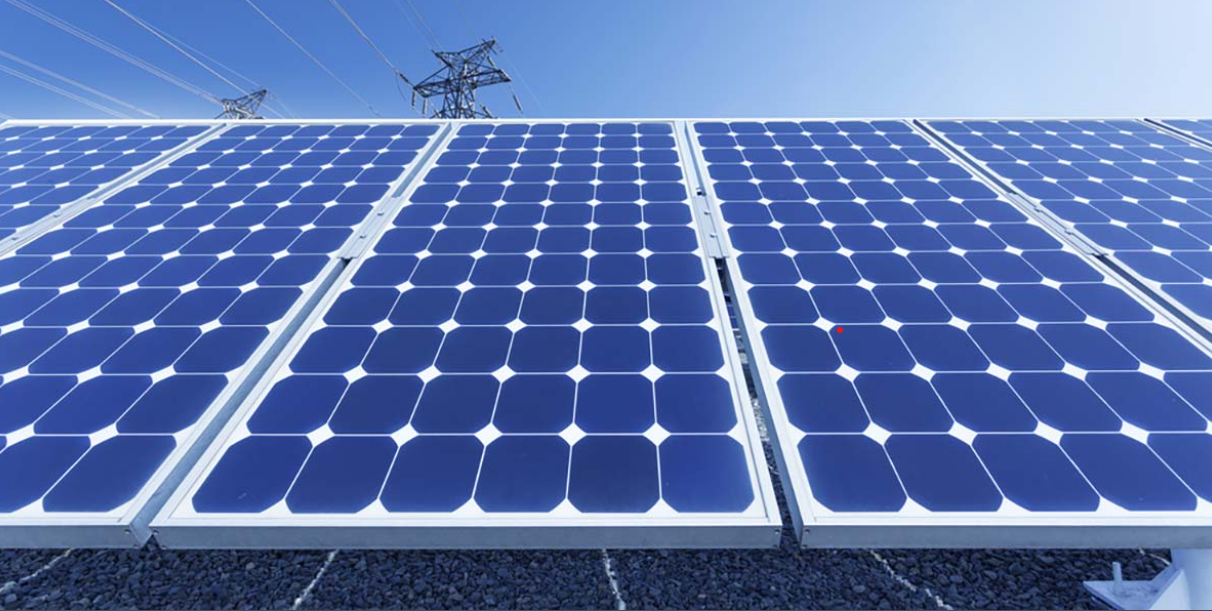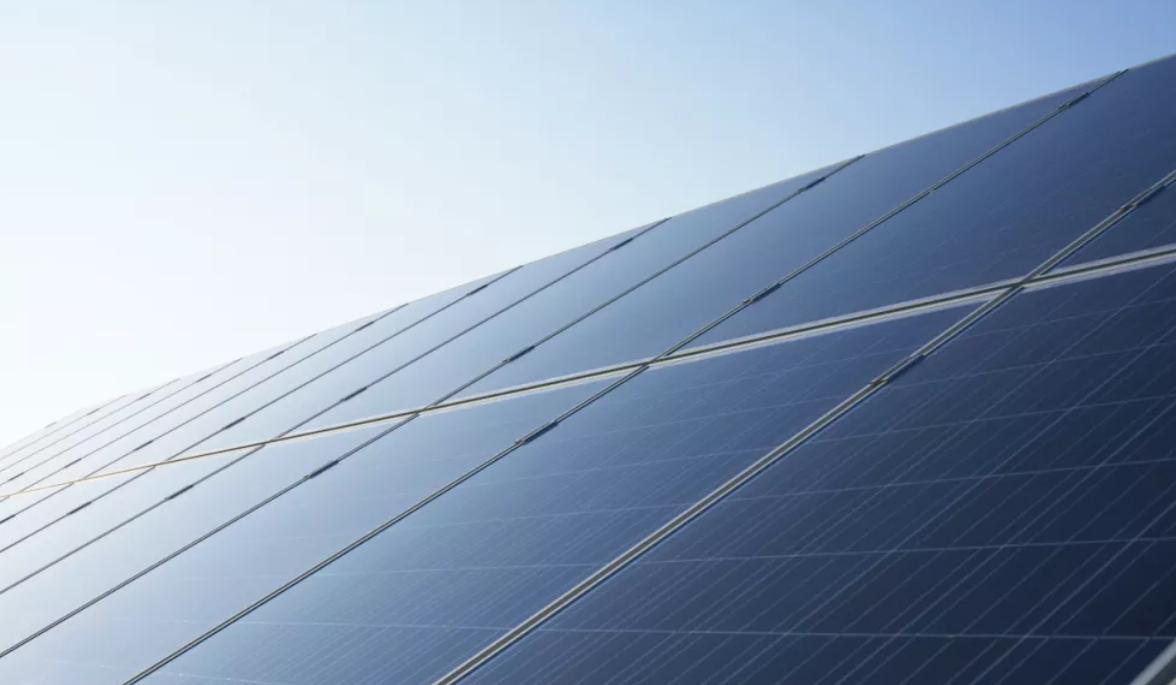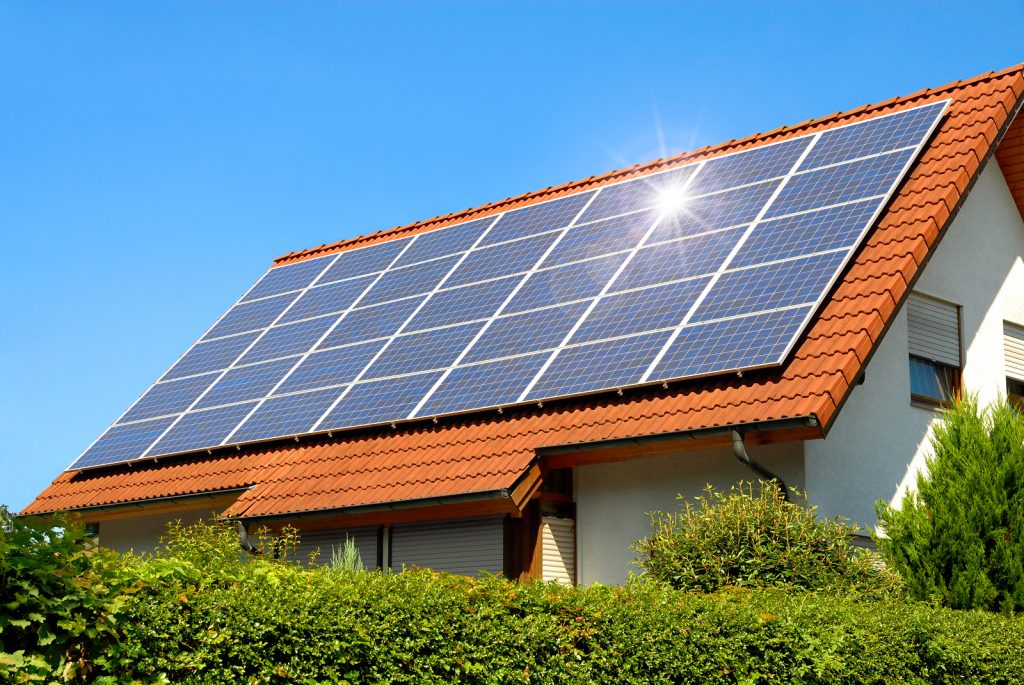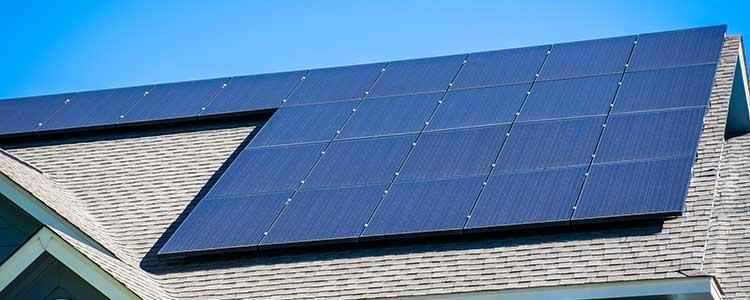Investing in solar panels is a significant financial choice, so it’s crucial to determine how long your money will continue to pay off. It’s safe to assume returns for decades to come even if there is no clear answer as to how long solar panels will last because of odd incidents or large storms that do happen occasionally. According to extensive research, the majority of panels will continue to produce electricity efficiently for at least 30 years, and many will probably do so even after that.
Impact on the Environment
Remember that the climate where you reside has an impact on your solar panels’ longevity, either favorably or unfavorably. When built in frigid climates with heavy snowfall and strong winds, modules can deteriorate more quickly than when erected in more temperate climates. However, the most severe degrees of degradation are frequently found in panels in harsh desert settings, and they may even generate less effectively on exceptionally hot days.
The optimal temperature range for modules is between 59 and 95 degrees Fahrenheit for the panels themselves. They frequently perform even better at the lower end of this range. Because panels tend to heat up more than the actual ambient temperature (akin to how a car’s glass will trap more heat on a hot day), they’ll produce less efficiently even as outside temperatures reach levels within the upper bounds of the range.
However, researchers have noticed that, rather than flush mounting on roofs, module installations that allow for airflow underneath panels can be quite successful in maintaining panel efficiency in hotter regions. Additionally, even though your solar panels may not be producing as effectively on these sweltering days, they are still creating electricity!
Maintenance
Keeping solar panels operating at peak efficiency requires very little maintenance, but clearing away material like dirt, leaves, and bird droppings will increase the output of your module. Our suggestion is to clean your panels every three months. If your panels are tilted and you reside in a more moderate location, the rain will probably clean your system, so you might not need to perform as much cleaning. Due to the buildup of dirt and debris, panels in desert regions could need more cleaning.
On cooler, overcast days, it’s typically preferable to clean your panels in the morning or evening. On hot days, the water in your panels will quickly evaporate, leaving dirt behind instead of washing it away. You must be careful to clear your module of any significant debris if there is any before continuing. Rinsing your panels down with a hose is one of the simplest ways to maintain their cleanliness.
On cold panels, however, hot water should never be used. Use of metal or abrasive materials, rock salt, and similar items should be avoided. All of these have the potential to stain, smear, or damage the glass of the panel, all of which reduce production effectiveness. If your panels are accessible, cleaning buildup usually only requires soapy water, a soft brush, or a decent sponge.
Warranties
A fair starting point for module longevity is 25 years, which is the typical performance guarantee warranty offered by the panel manufacturers for the majority of panels. 90% of the maximum output is guaranteed at ten years and 80% at 25 years under the majority of performance warranties available on the market. For the first ten years of operation, many manufacturers also provide a craftsmanship warranty that covers any panel parts that are defective.
And to make matters even better, several solar companies go above and beyond the norm by providing a 20+ year workmanship warranty. We provide a solar production guarantee in addition to manufacturer and performance warranties. We have such a high level of confidence in our solar supplier partners.
It is also very rare that you will ever need to use your warranty, so you can rest easy. A yearly median failure rate of just five out of 10,000 panels was discovered in a 2017 study looking at solar installations between 2000 and 2015. According to trends, the failure rate will continue to decline as technology advances, which is especially encouraging given that the failure rate doubled between 1980 and 2000.
Similar to this, solar panels’ yearly degradation rates, which gauge how much output efficiency they lose annually, are also declining. In reality, according to recent research by the National Renewable Energy Laboratory (NREL), the average deterioration rate for current panels is just 0.5 percent per year, which means that after 40 years, the panels would still be generating power at 80% of their capacity.
Also Read: Common Problems with Solar Panels and How to Fix Them
Snow will typically melt or fall off your panels, so there’s usually no need to remove it. However, using a leaf blower first can be a good alternative for removing thick layers of snow. Other possibilities include utilizing a long pole with a squeegee attachment and misting your panels with warm water. Safety is always the top priority. Many homeowners may discover that they can use a hose to clean their panels from the ground. Please exercise caution if ever climbing on your roof is necessary for panel maintenance.
Please get in touch with us if you have any questions about how long solar panels last, maintenance or anything else related to energy independence.
Get a Free Solar Quote
Related Articles:



